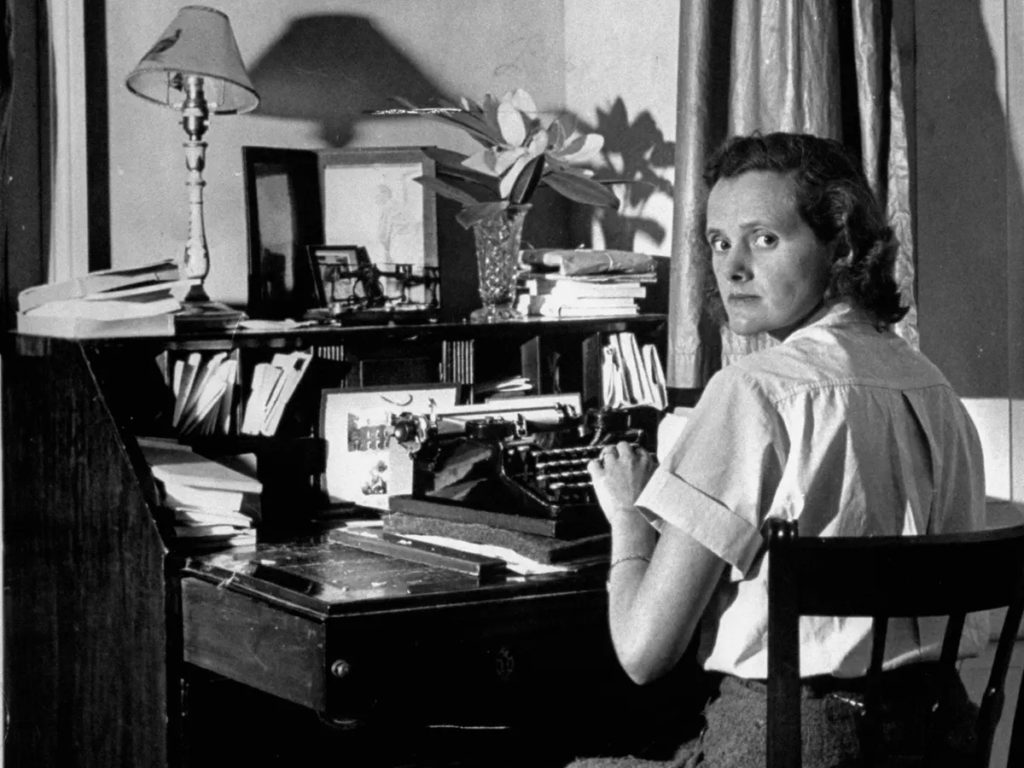
Dame Daphne du Maurier (1907-1989) was destined for an artistic life. She was the daughter of theatre professionals and the granddaughter of successful novelist George du Maurier (George was also the grandfather of the Davies children, who inspired Peter Pan). Coming of age between the wars in Britain, her stories and novels are imbued with a heavy overtone of the uncanny.
Her literary career took off quickly and she remained a popular author for decades. Her work also became the basis for a number of films – three of which Alfred Hitchcock chose to direct.
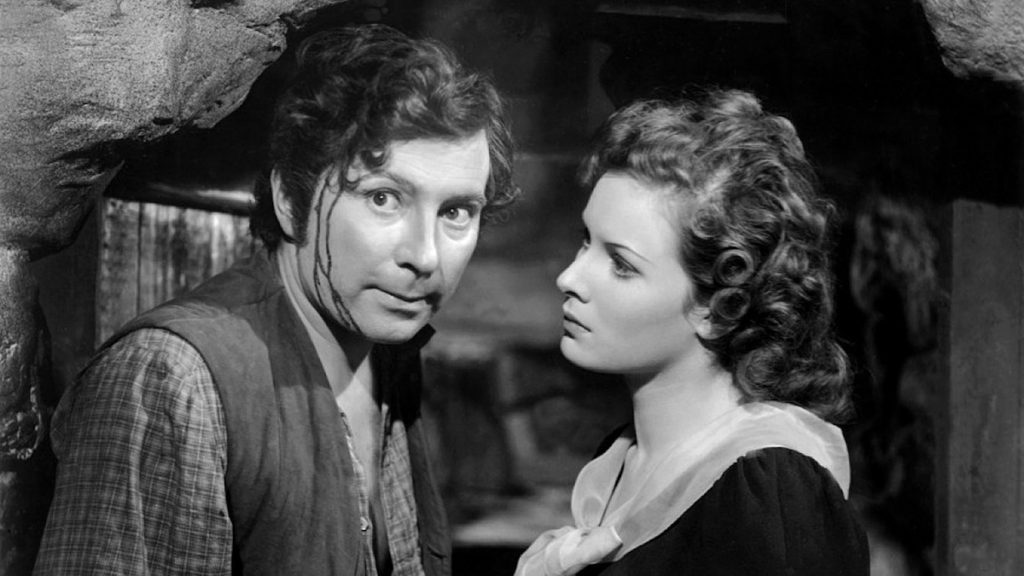
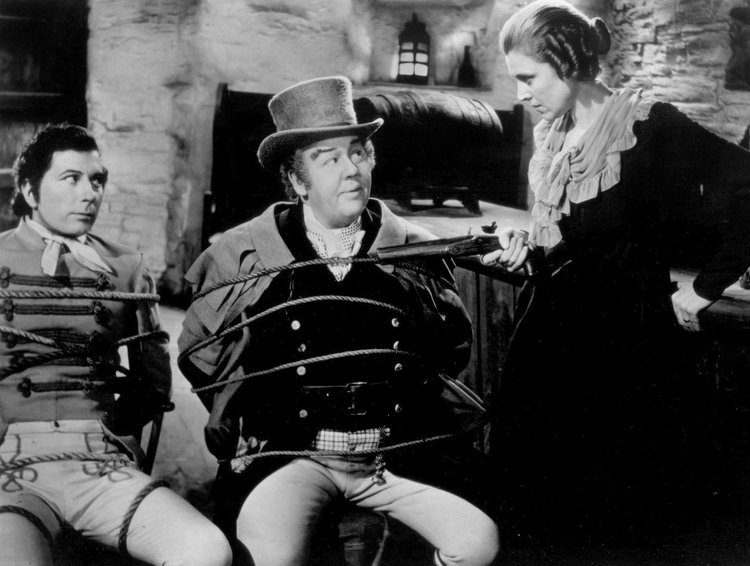
Jamaica Inn (1938) is set in du Maurier’s beloved Cornwall in the 1820s. The tiny village is full of wreckers, thieves that lure ships onto the rocky coast and steal the cargo. This wild and unregulated place becomes home to a young woman, niece to the innkeeper. In the 1939 Hitchcock version, she is played by Maureen O’Hara in her first onscreen role. Charles Laughton brings a levity to the movie that doesn’t really exist in the original book. PBS Masterpiece made a more faithful adaptation with the darker and mysterious elements in 2014.
In 1952, du Maurier published “The Birds” as part of a short story collection. In the story, a rural farm in Cornwall is besieged by strangely behaving birds. First, swarms of them float just offshore, bobbing in the roiling sea. They are vaguely threatening, though no one is quite sure why. Then, the real attack begins. Birds begin dive bombing residents of the rural town.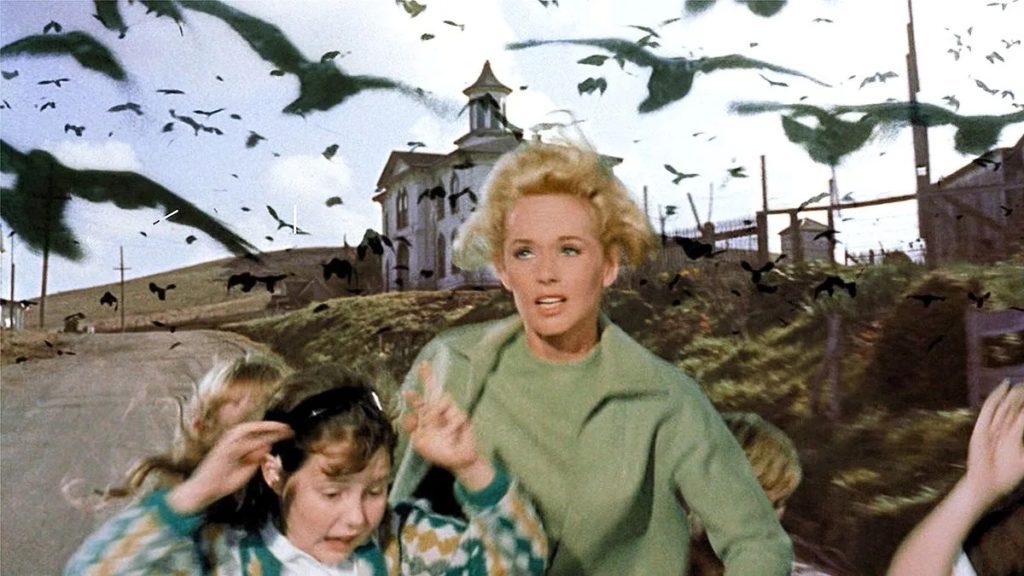
It becomes clear that the story is attempting to capture the terror of a populace living under the constant threat of bombing during WWII. In his film adaptation, Hitchcock updates the setting to a modern coastal California town that’s invaded not only by deadly birds, but also a careless, obsessive woman.
Du Maurier’s most well-known work, and most popular adaptation, is Rebecca. Du Maurier set out to write a contemporary Jane Eyre, setting a similar story in the Interwar years. It has its own Gothic sensibilities despite the modern era.
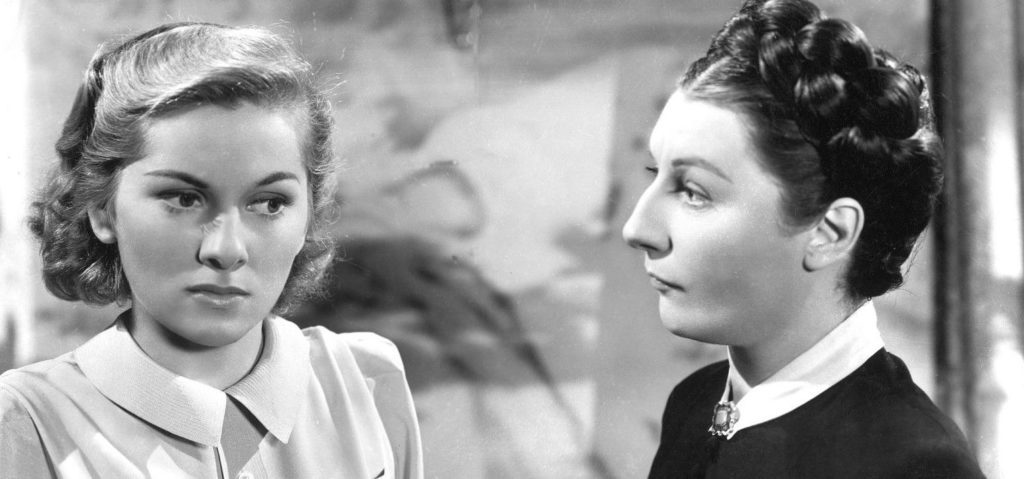
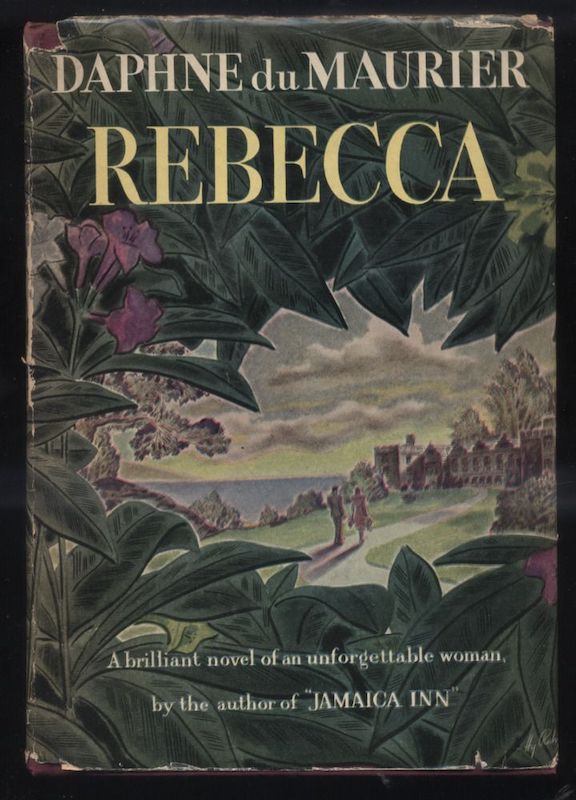
In the book, one of the most stunning developments is that the reader finds out what happened to Rebecca halfway through the book, but rather than losing momentum, it pivots and remains gripping.
Interestingly, Hitchcock’s fairly faithful adaptation had to make significant changes to the ending, due to the rules of the Hays Code. One of its tenets was that a murderer cannot get away with their crime or profit from it. Therefore, there are a number of changes in the reveal of the classic film. It’s still a fantastic watch.
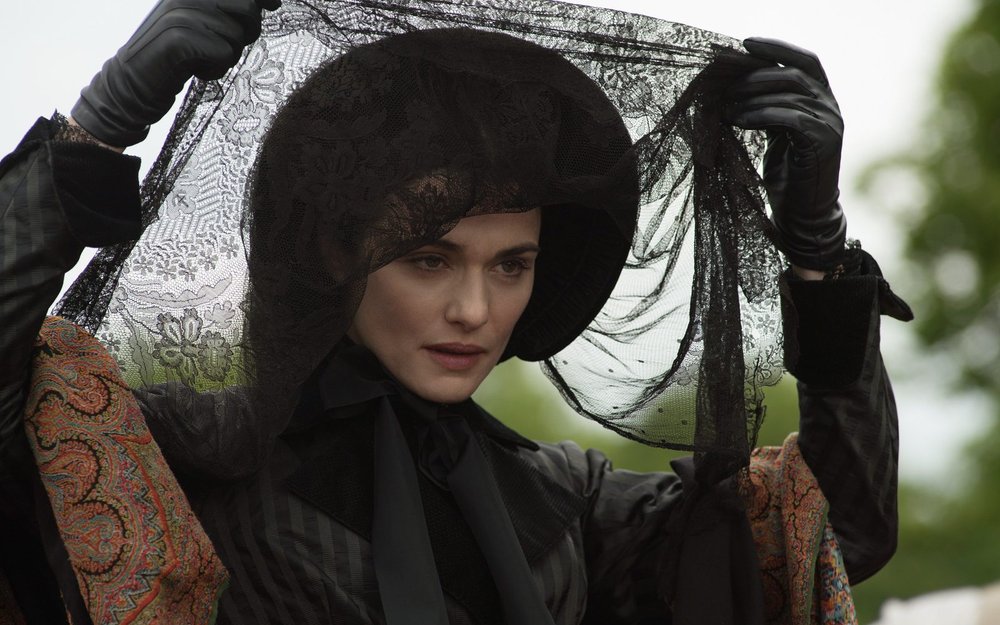
After Rebecca, my favorite du Maurier novel is My Cousin Rachel. It captures a similar atmosphere and the 2017 adaptation sticks to the book. Philip raises his cousin and heir Ambrose. The two enjoy a snug life in Cornwall and the elder is comforted by the fact his estate will be in good hands. Then, Ambrose goes to Italy, meets a woman named Rachel, and promptly dies. Philip becomes suspicious of the widow Rachel and determines to find out what actually happened. It’s stylish and lush, and the unwitting viewer is in for plenty of surprises.
In 1971, du Maurier published the story (nearly novella) called Don’t Look Now. A middle-aged couple take a trip to Venice after their young daughter has died. While there, they run into strange twins who claim to be psychic, and learn there is a serial killer on the loose. Then, they begin seeing a small child in a red coat, always just out of reach. It’s weird and moody.
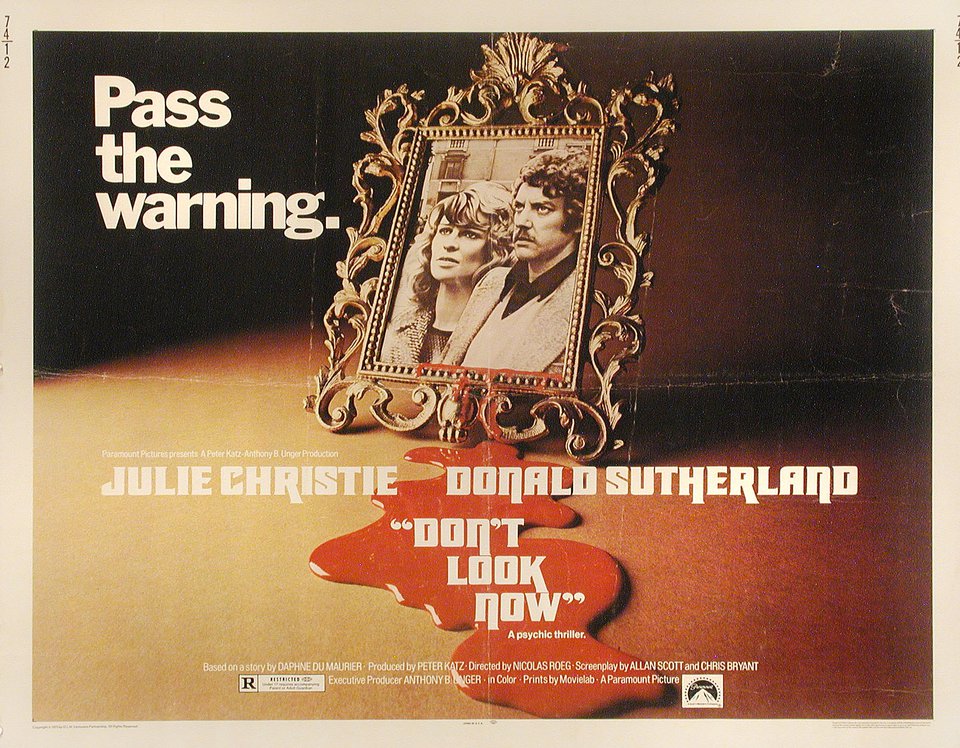
The film was made by Nicolas Roeg (best known for Walkabout and The Man Who Fell To Earth) with 1970s superstars Donald Sutherland and Julie Christie. It’s dark and uncomfortable and features an ambiguous ending. It also won a BAFTA for cinematography, and was nominated for eight more.
Originally written for DVD Netflix
